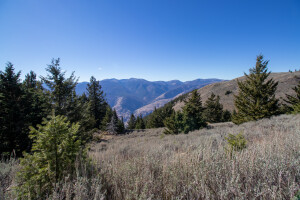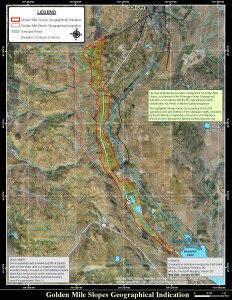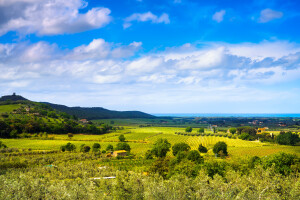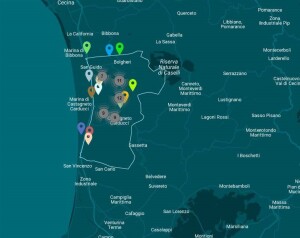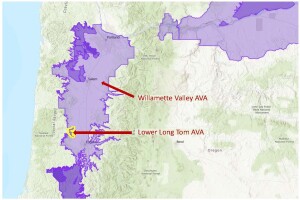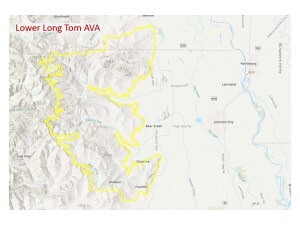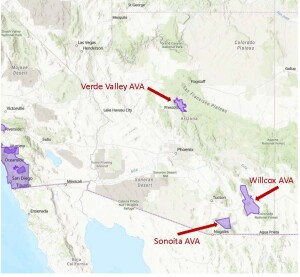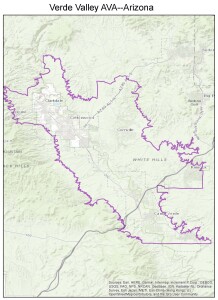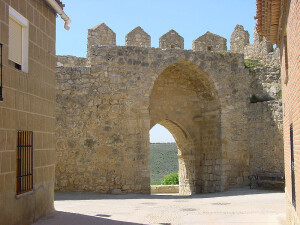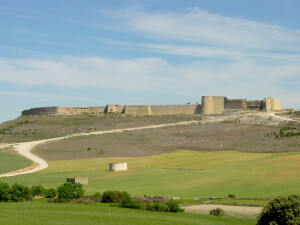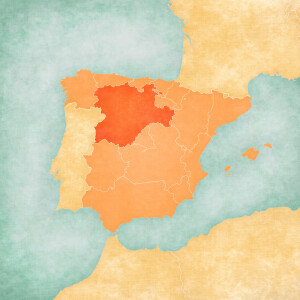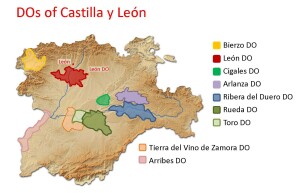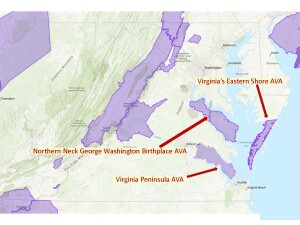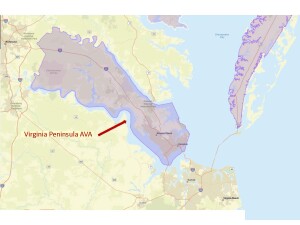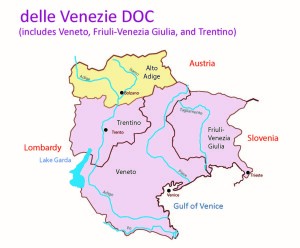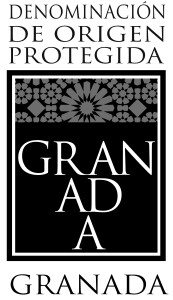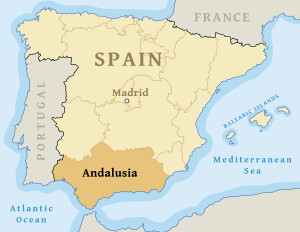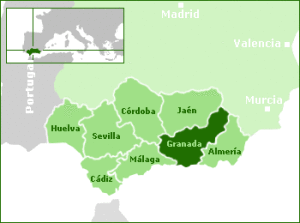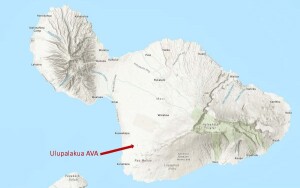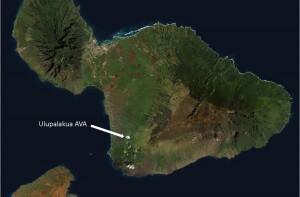British Columbia’s Okanagan Valley GI has a new sub-appellation: the Golden Mile Slopes GI!
Located in the southern portion of the Okanagan Valley, the newly-approved Golden Mile Slopes GI covers the rolling hills and some of the valley floor located between Mount Kobau (to the east) and the floodplain of the Okanagan River (to the south). The Golden Mile Bench GI (approved in 2015) is located along the new appellation’s northern border.
- According to the technical description of the new appellation (submitted to the British Columbia Wine Authority in September of 2020), the unique features of the Golden Mile Slopes GI include the following:
- Soils based on sediment, sand, gravel, and alluvial fans deposited by glacial retreat
- Small lakes—known as kettle lakes—located in a few areas of low elevation
- A warm, semi-arid climate with less than 350 mm/14 inches of rainfall per year
The long, narrow Golden Mile Slopes GI encompasses a total of 590 hectares (1,260 acres). The area is home to just over 37 small commercial vineyards, with approximately 165 ha (408 acres) planted to vinifera vines. At last count, the area included 9 commercial wineries. In addition to vineyards, the area contains fruit trees and annual vegetable production.
Red grapes occupy just over 60% of the commercial vineyard planting in the Golden Mile Slopes GI. Merlot is (by far) the leading red variety, followed by Cabernet Franc, Syrah, Cabernet Sauvignon, and Pinot Noir.
Pinot Gris—the leading white grape of the region—is accompanied by Chardonnay, Sauvignon Blanc, Gewurztraminer, and a smattering of Riesling.
Golden Mile Slopes is the fifth sub-appellation of British Columbia’s larger Okanagan Valley GI; the others include Golden Mile Bench, Skaha Bench, Naramata Bench, and Okanagan Falls.
References/for more information:
- BCWA | The British Columbia Wine Authority (bcvqa.ca)
- Map-Golden-Mile-Slopes.pdf (bcvqa.ca)
- 2020-Sept.-29-Proposal-for-Golden-Mile-Slopes-New-Sub-GI
- 2020-Sept.-29-Technical-Report-for-Golden-Mile-Slopes-New-Sub-GI
- Maverick Estate Winery — Wines With A Sense Of Place (maverickwine.ca)
Post authored by Jane A. Nickles…your blog administrator: jnickles@societyofwineeducators.org
